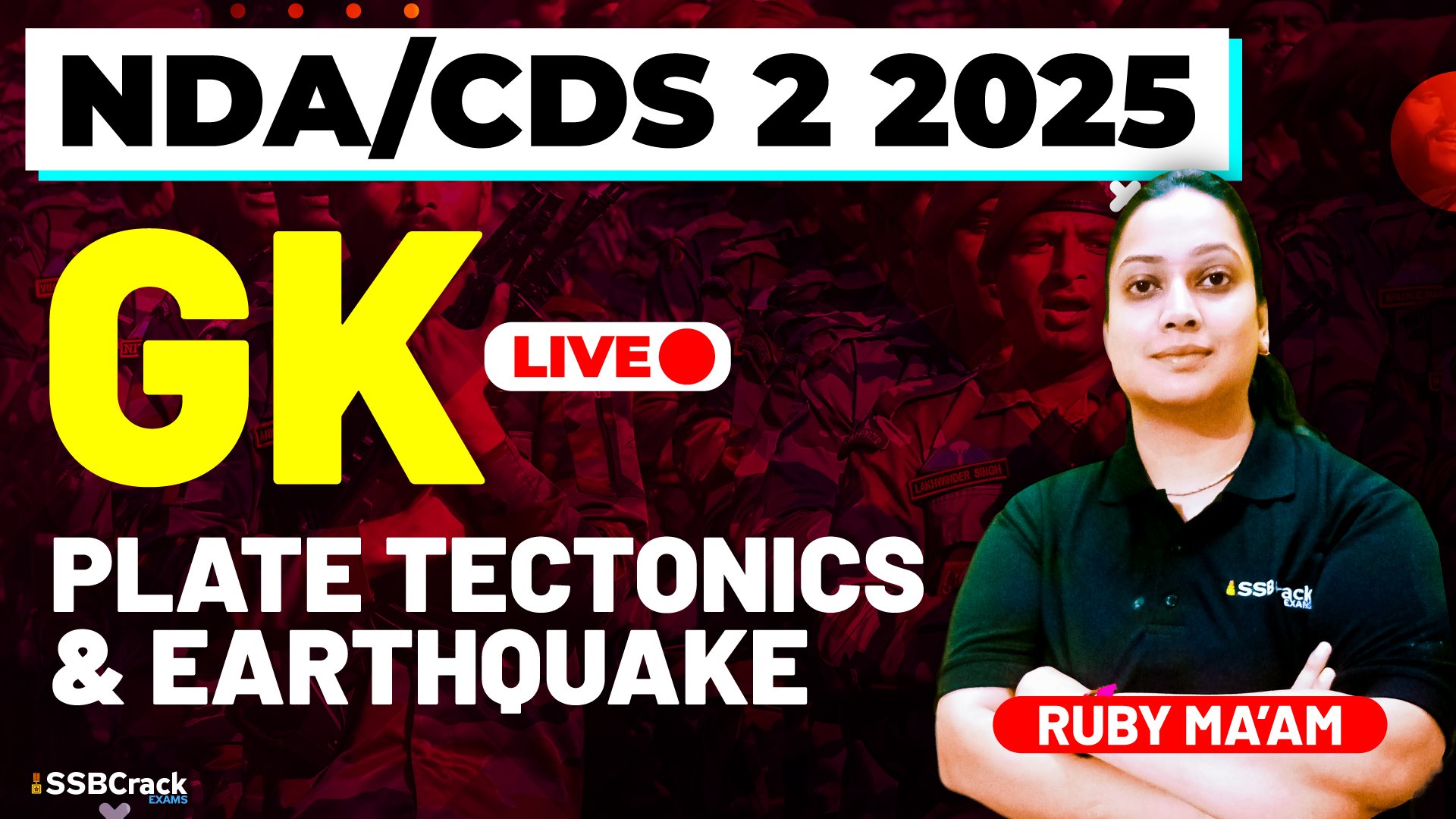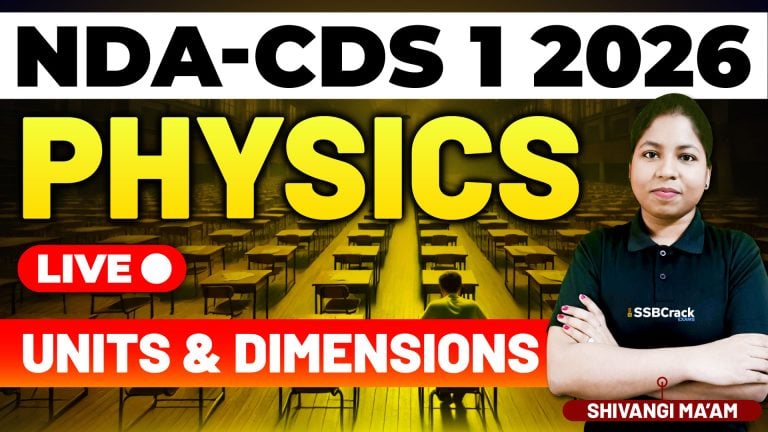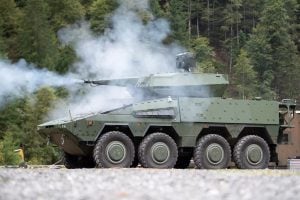Understanding Plate Tectonics is crucial for aspirants of the NDA (National Defence Academy) and CDS (Combined Defence Services) exams. Geography is a key part of the General Knowledge section in both these prestigious exams, and questions from physical geography often include topics like earthquakes, volcanoes, and mountain formation—all of which are rooted in the theory of plate tectonics.
🌍 What is Plate Tectonics?
Plate tectonics is the scientific theory that explains the structure and motion of the Earth’s lithosphere. According to this theory, the Earth’s outer shell is divided into several large and small plates that float on the semi-fluid asthenosphere beneath. These plates constantly move—albeit slowly—and their movements are responsible for shaping the Earth’s surface.
🧭 Why is it Important for NDA/CDS?
- Frequently Asked Topic in Exams:
- UPSC often frames multiple-choice questions (MCQs) and analytical questions from plate tectonics.
- Examples include:
- “Which type of plate boundary causes earthquakes?”
- “What is the Ring of Fire and where is it located?”
- Foundation for Other Topics:
- Concepts like earthquakes, volcanoes, tsunamis, mountain building, and continental drift are direct outcomes of plate tectonic movements.
- Understanding these helps you interlink answers and retain information more effectively.
- Relevance to India’s Geography:
- India lies on the Indian Plate, which collides with the Eurasian Plate, giving rise to the Himalayas.
- The Indian subcontinent is seismically active. Knowing why certain zones are prone to earthquakes helps answer geography and disaster management questions.
- Strategic and Defence Perspective:
- Armed forces operate in diverse terrains—Himalayas, Western Ghats, Deccan Plateau—all shaped by tectonic activity.
- Knowledge of terrain, seismic zones, and natural hazards is vital for future officers, especially in operations and logistics.
🔍 Key Concepts to Focus On:
- Types of plate boundaries: Convergent, Divergent, and Transform
- Major plates: Pacific Plate, Indo-Australian Plate, Eurasian Plate, etc.
- Effects of plate movements: Volcanoes, Earthquakes, Orogeny (mountain formation)
- Important geological features: Mid-Atlantic Ridge, Himalayas, San Andreas Fault


















